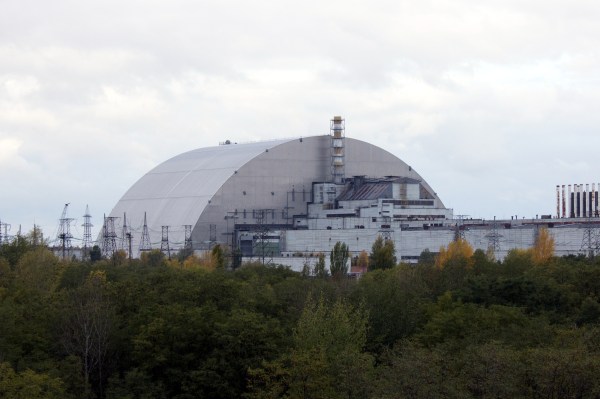Nuclear fission is a powerful phenomenon. When the conditions are right, atomic nuclei split, releasing neutrons that then split other nuclei in an ongoing chain reaction that releases enormous amounts of energy. This is how nuclear weapons work. In a more stable and controlled fashion, it’s how our nuclear reactors work too.
However, these chain reactions can also happen accidentally—with terrifying results. Though rare, criticality incidents – events where an accidental self-sustaining nuclear chain reaction occurs – serve as sobering reminders of the immense and unwieldy forces we attempt to harness when playing with nuclear materials.
Continue reading “It’s Critical: Don’t Pile Up Your Fissionable Material”












